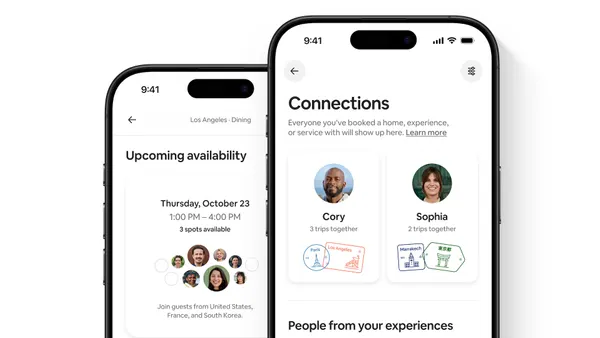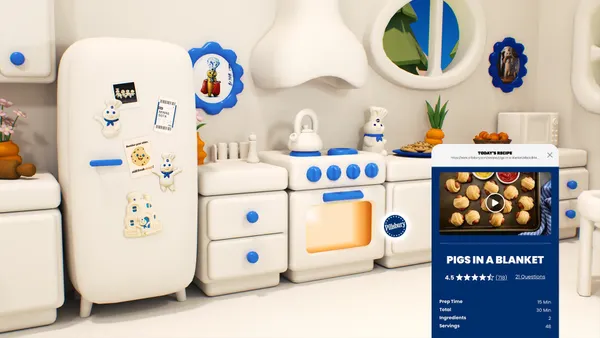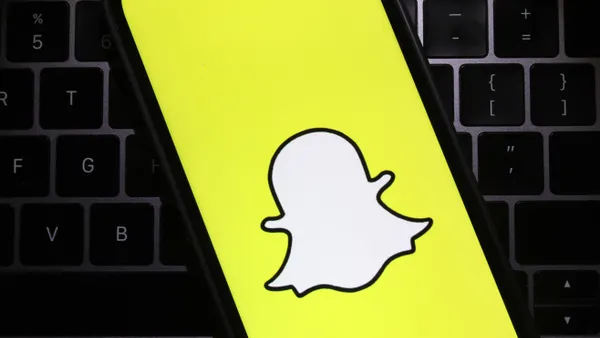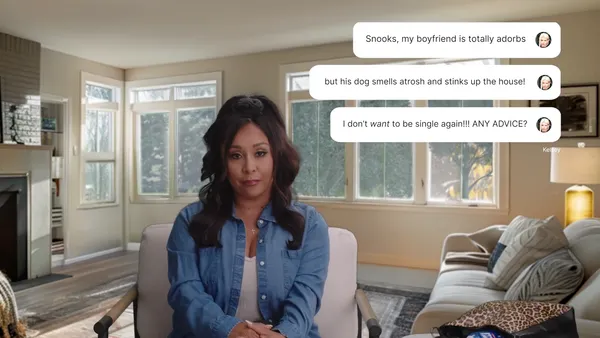Dive Brief:
- Video platform YouTube has been named the most loved brand by kids for the second straight year in Smarty Pants LLC's "Brand Love" study, whose findings were made available in a press release. Smarty Pants surveyed 8,200 children ages six to 12, along with their parents.
- YouTube, which is owned by Google, bested a competitive field including Mondelez cookie brand Oreo, which it beat by less than a point. Other kid-favorite brands making the top 20 but topped by YouTube include Lego, McDonald's and Crayola.
- The top 10 included some usual suspects — snack brands like M&Ms, Hershey's and Doritos, and toy brands Toys 'R Us and Fidget Spinners — but tech crept in with iPad at number nine and Netflix all the way up at five. Other findings from the study include that Amazon dominates retail while brick-and-mortar stores decline and Snapchat was the preferred social media outlet for kids.
Dive Insight:
The Brand Love report reinforces YouTube's strong influence over particularly young children — a widespread popularity that's lead some to view it as a usurper to TV with the demographic. Viewing habits are learned early, and instead of fond memories of sitting in front of a Saturday morning cartoons, kids have a growing preference for viewing immediately on-demand clips on YouTube, which are available on more devices like mobile phones and tablets.
It's a trend savvier marketers attempting to reach children are picking up on, both in their ad strategies and by more often leveraging social influencers who've grown a name through YouTube content. Hasbro, when launching its Hanazuki line of toys and tie-in animated series, opted for YouTube over TV, citing the platform's flexibility and far more granular targeting capabilities as a reason for the pivot.
"These days brands can't tell consumers, 'To engage with our brand, you need to be in your living room, watching TV, on Monday at 2 p.m.," Victor Lee, SVP of global digital marketing at Hasbro, wrote in a case study published on Think With Google in June. "Today people watch what they want, whenever they want [...] So as brands, we have to be consistently present — and let people binge-watch and engage further if they’d like."
Still, YouTube has its own glaring flaws that are not a factor on more traditional channels like TV, namely brand safety — an issue that earlier this year led a number of advertisers to boycott the platform after they discovered ads running next to content like terrorism videos.













